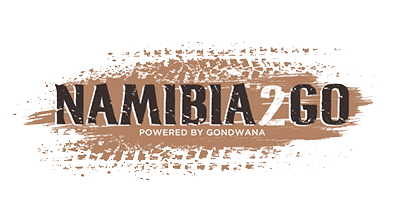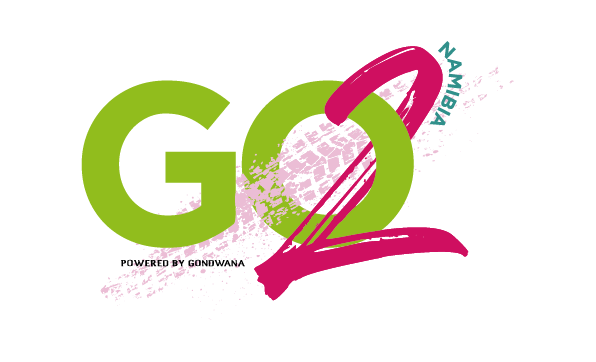Words: Manni Goldbeck & Ron Swilling, Photos: Lambert Heil & Ron Swilling
Travelling around Namibia, we always appreciate the opportunity of getting to know Namibia’s beautiful people. We have over the years met members of all the ethnic groups that make up our marvellous Namibian tapestry. This time we headed to the Zambezi Region in the far north-eastern corner of the country.
Our first stop was the open market at Katima Mulilo where we met several industrious people who were busy selling their wares. Two sisters, Sarriety and Juliet Muntande, sat outside the Katima Craft Centre sewing clothes for school and church. Smiling broadly, the nimble-fingered sisters told us that they can make up to ten pairs of trousers in a day.

Painted in phone-company MTC’s trademark blue and built with arches along its sides, surprisingly reminiscent of Moroccan architecture, the open market was filled with fascinating people and produce. Near the entrance we came across Jescah Simataa who was sitting at her Singer sewing machine making traditional Owambo dresses and selling airtime and bright chitenge fabric from Zambia.

Inside, we made our way past the many vegetable sellers with bowls of tomatoes, onions, beans and even baobab pods piled high in front of them and continued to the fish section. Here an array of fresh and dried fish was displayed, including bream, tilapia and catfish. ‘You become fat from fish,” one of the fish mongers informed us opening her arms to encompass the river bounty around her. She told us that they buy the fish in the morning from the fishermen who cast their nets in the Zambezi and Linyanti rivers.

Prista Ntuka was selling something that didn’t resemble any kind of fish. It was dried aloe vera flowers that she had harvested in her village. She explained how it makes a delicious relish cooked with tomato, green pepper and onion and is also a wonderful remedy for ailments ranging from stomach disorders to headaches.

We left the friendly fish sellers and continued to an area with more seamstresses. There we found Betty Hamunyela at her Empisal sewing machine surrounded by the colourful Owambo dresses she expertly creates.

A selection of photos of freedom activists caught our attention next. They were in the good company of images of Jesus and Nelson Mandela.

An open market wouldn’t be the same without food and we found Mana Mawah busy at work cooking fish, meat, porridge and vegetables in her neat little restaurant, which is open every day of the week except on Sundays.

Before we left the coolness of the open market to return to the hot Zambezi day, we came across Brenda Kamwi and Helena Mwemba selling wigs, sweets, hair cream and hair extensions. They modelled some wigs for us laughing happily and telling us that the kinky afro is the most popular.

We were looking forward to our arrangement the next day to meet up with four sisters who bake sweet breadrolls in their village and love to dance to music from the radio while they wait for the rolls to bake, twirling their skirts as they do so. But we had a lot to look forward to before then. Chobe River Camp, our home for the night was calling, as was their exciting boat trip on the Chobe River. African jacanas ‘walked on water’, flocks of great white pelicans circled above, red lechwe watched us from the reeds, zebra crossed from bank to bank splashing through the shallows and a herd of buffalo raised dust on the bank as the sun sank sweetly into the horizon.


Join us next week when we travel northwards to meet the baker-sisters and explore more of the colourful world of the Zambezi.


.png)
.jpg)
.jpg)




.png)

SUBMIT YOUR COMMENT